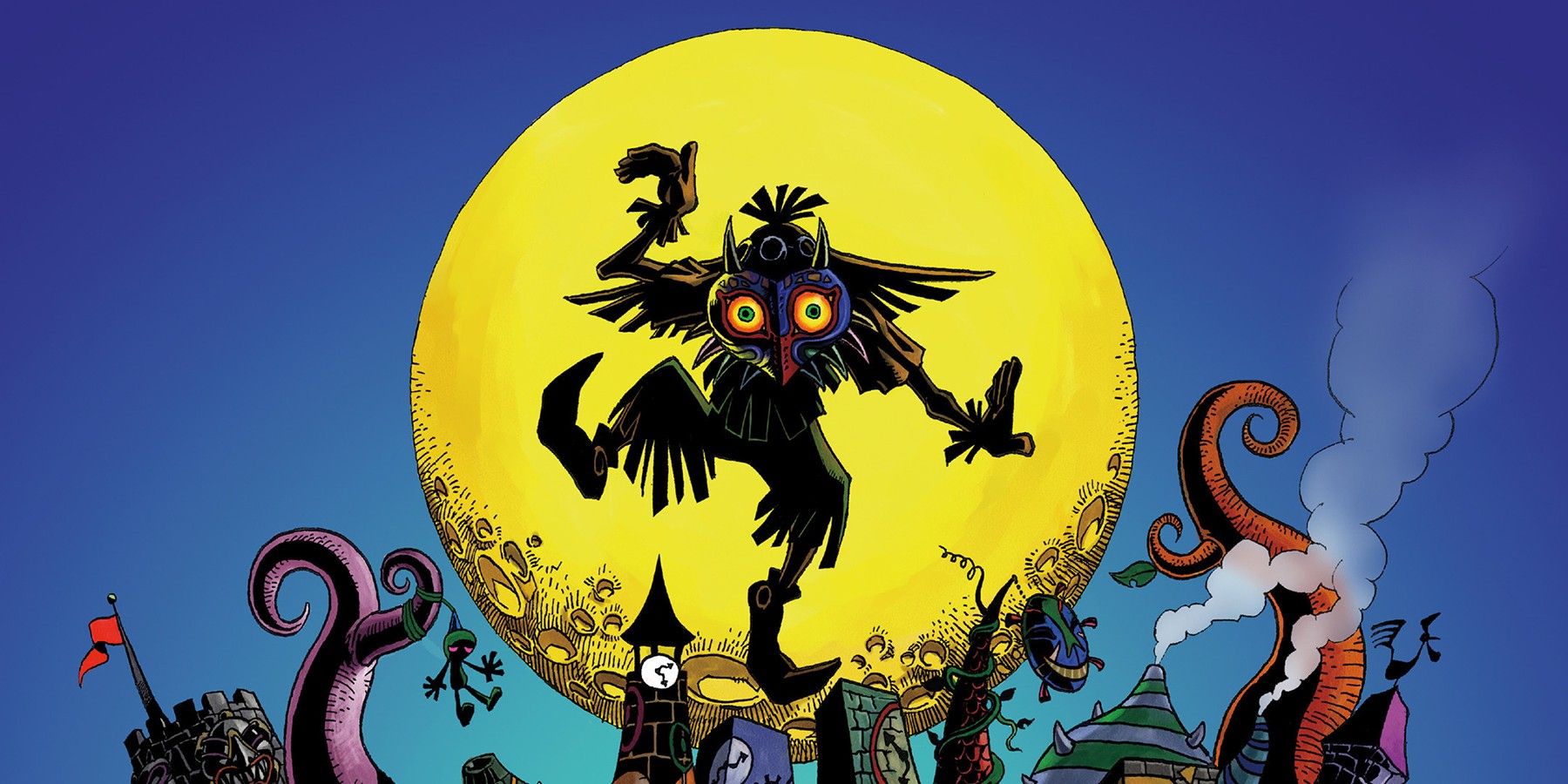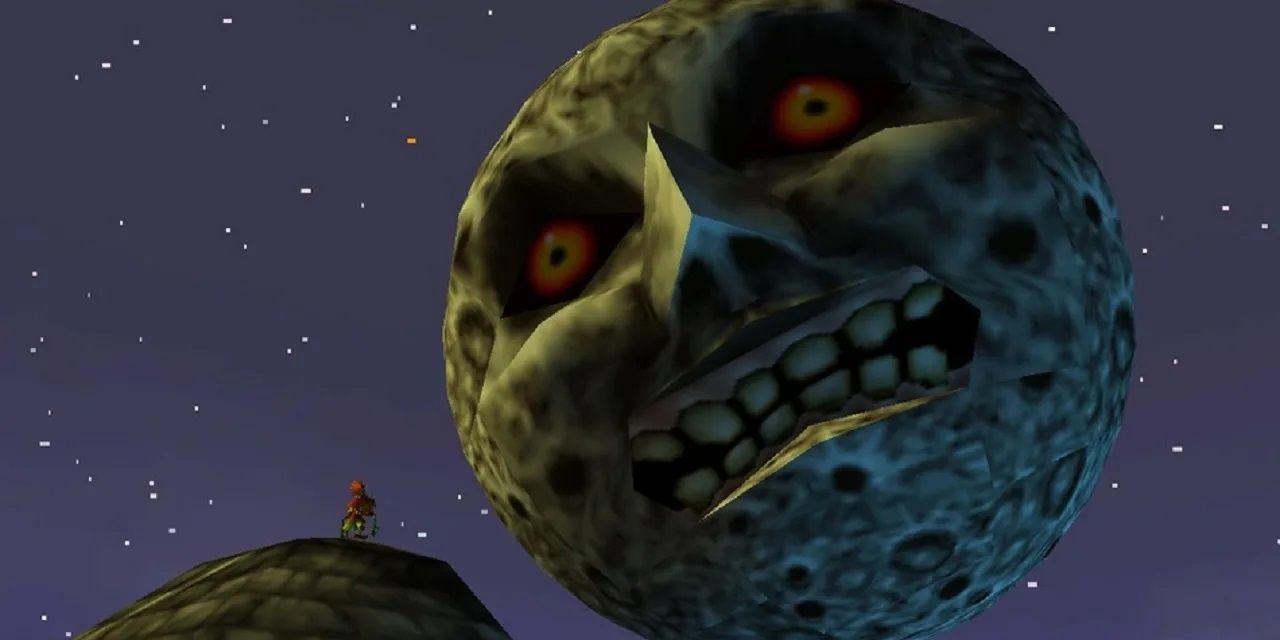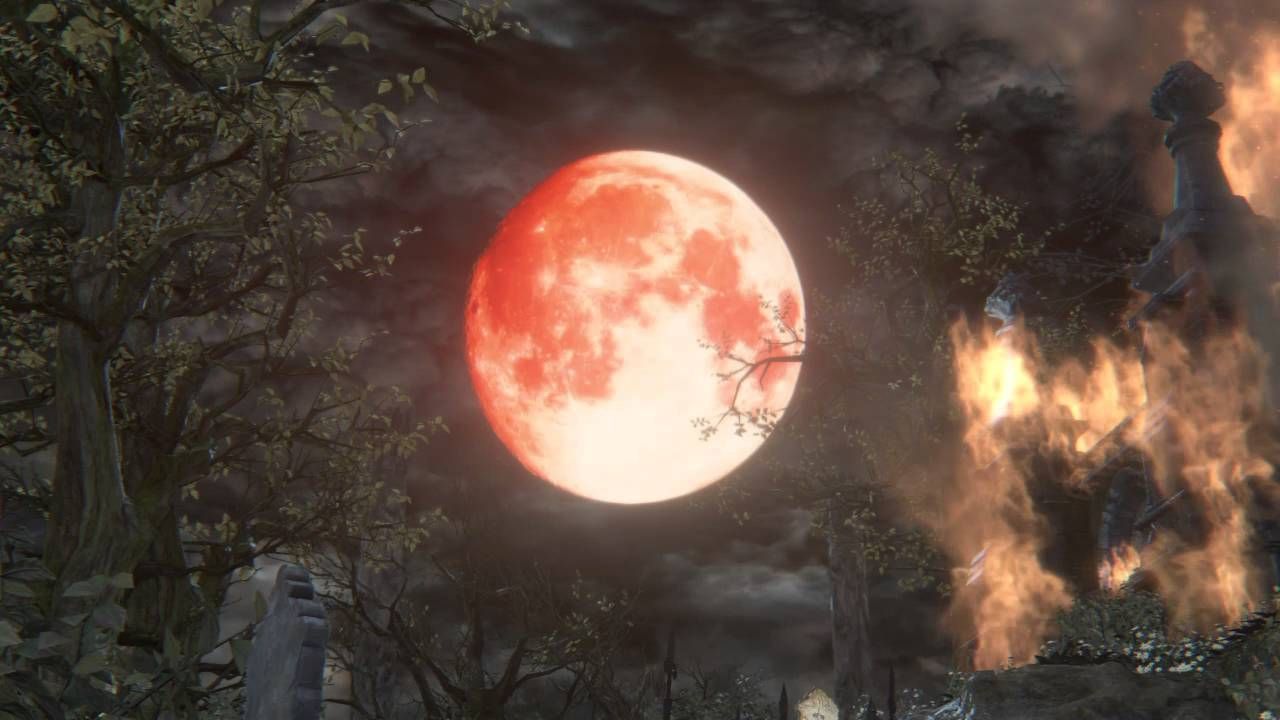The Legend of Zelda series has plenty of secrets and impressive details. Throughout its history, Zelda has built up an impressive amount of lore and references to itself, thanks in part due to its defined but still flexible timeline. Plenty of other secrets abound as well, such as famous ones like Super Mario Bros. enemies appearing in Link's Awakening and more obscure ones like butterflies transforming into fairies upon landing on a Deku Stick in Ocarina of Time. Whether it's in the games themselves, art books and guides, or unreleased builds and dummied out code, The Legend of Zelda has given fans something new to discover for many years.
Recently, another secret has come to light, this time in the old Nintendo 64 title Majora's Mask. The Legend of Zelda: Majora's Mask is a very well-known entry in the series, even if it's so different from the norm that some people have trouble getting into it. Majora's Mask has a focus on its sky, owing in large part to the moon that comes ever closer as the game's three-day cycle ticks on. With one sidequest involving aliens and another involving a shooting star, it's safe to say that Nintendo wanted players to pay attention to what was going on above them. However, it turns out that the night sky itself held a deeper secret than anyone realized, and it was just discovered.
What’s Going on With Majora’s Mask’s Stars
Posted on Twitter just a few days ago, a programmer going by @zel640 was looking through Majora's Mask files and found that the sky texture was not preset like it was in most games. The stars seen in the night sky are randomly placed and are determined by the characters used in players’ names. This discovery doesn’t further the gameplay in any way, but it's very interesting regardless that Nintendo included this subtle feature. From now on, Majora's Mask players will be aware that their night skies are unique to them, even with the ferocious moon sharing those skies.
The reason for this to be included in the game is unclear. Again, there's no practical reason why it should be here so it seems to be an Easter egg. That might be the extent of it, though there are some other possibilities. A particular developer may have implemented this feature on their own as a pet project. It might be a relic of some other direction that the game was going in at some point, or it may have been a tech demo for something else. The position of the sun did matter for the Fire Arrows sidequest in Ocarina of Time, so this may have been building off of that, but perhaps the associated quest was cut. It's really hard to say why this is here, but it can be largely chalked up to just another little detail that makes Nintendo games what they are.
Why Majora’s Mask’s Take on a Skybox is so Unique
It's quite an interesting detail too, as skyboxes are not normally treated with this type of design. Many of the ones at the time of early 3D gaming were simply images placed outside of level geometry to hide the void that 3D video games take place in. Some included moving layers of clouds or just a general movement to simulate the passage of time, but others suffice as static images. Some games do randomize their night skies and cloud formations, but they aren't attached to anything the player would have access to. Skyboxes and backgrounds need to be treated carefully, as a bad skybox can be very obvious, and can potentially break its immersion. Making a skyline is usually a simple part of game design but some titles go above and beyond to create a unique experience.
Majora's Mask is one of those titles, with the moon being a 3D model that hangs in the sky and grows larger over time. The same is true for Bloodborne, as its moon is given an eerily large appearance by making it a 3D model as well. Gestures like this are not usually necessary, but they do speak to an attempt to make what's happening in the story believable. In both of these cases, the moon interacts with the game worlds in some way as well as adding to their aesthetic. At any rate, Majora's Mask’s personalized starry skies add another layer of mystique and charm to this beloved old Zelda game.
The Legend of Zelda: Majora's Mask is available for the N64, Nintendo 3DS, and Nintendo GameCube.



